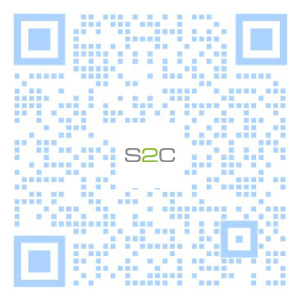
Conquering the Next IoT Challenges with FPGA-Based Prototyping |
Daniel Nenni Published on 07-12-2015 10:00 AM
The need for ever-connected devices is skyrocketing. As I fiddle with my myriad of electronic devices that seem to power my life, I usually end up wishing that all of them could be interconnected and controlled through the Internet. The truth is, only a handful of my devices are able to fulfill that wish, but the need is there and developers are increasingly recognizing that we are moving to a connected life. The pressure to create such a connected universe is so immense that designers need a faster, more reliable way to fulfill our insatiable need. Every connected appliance requires software to run it and with the growing number of these gadgets, software development needs must be met to power them. To add to the pressure mix, the competition in this connected space is immense. In other words, if you’re not one of the first to market, your design could be destined for failure.
One way to meet these challenges and alleviate time-to-market apprehension is for designers to adopt FPGA-based prototyping. This proven technique allows designers to explore their designs earlier and faster and thus proceed more quickly with hardware optimization. More to the point, designers can move into software development and software refinement much sooner and conduct the appropriate number of compatibility tests. During software development, testing is critical to make sure the software performs as expected. An error in how the software interoperates with the hardware can be disastrous therefore designers generally execute a large number of tests to achieve the desired interoperability. Without FPGA prototyping, the time it takes to complete the vast number of tests could spell disaster for meeting the precious time-to-market window. With FPGA prototyping, not only can testing be done earlier, more tests can be conducted to achieve optimal results.
In addition, it has to be said that ARM and Xilinx have been at the forefront of enabling today’s embedded designs. It is critical that prototyping technology keep pace with the advancements from ARM and Xilinx.
S2C’s AXI-4 Prototype Ready™ Quick Start Kit based on the Xilinx Zynq® device is part of S2C’s expansive library of Prototype Ready IP and is uniquely suited to next-generation designs including the burgeoning Internet of Things (IoT).
The Quick Start Kit adapts a Xilinx Zynq ZC702 Evaluation Board to an S2C Prodigy Logic Module. The evaluation board supplies a Zynq device containing an ARM dual-core Cortex-A9 CPU and a programmable logic capacity of 1.3M gates. The Quick Start Kit expands this capacity by extending the AXI-4 bus onboard the Zynq chip to external FPGAs on the Prodigy Logic Module Prototyping Platform. This allows designers to quickly leverage a production-proven, AXI-connected prototyping platform with a large, scalable logic capacity – all supported by a suite of prototyping tools.
Integrating Xilinx’s Zynq All Programmable SoC device with S2C’s Virtex-based prototyping system provides designers an instant avenue to large-gate count prototypes centered around ARM's Cortex-A9 processor.
To learn more about how S2C’s FPGA-based prototyping solutions are enabling the next generation of embedded devices and allow you to realize the Genius of Your Design, visit http://www.s2cinc.com.



This site uses cookies to collect information about your browsing activities in order to provide you with more relevant content and promotional materials, and help us understand your interests and enhance the site. By continuing to browse this site you agree to the use of cookies. Visit our cookie policy to learn more.